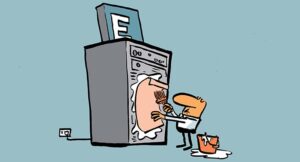What Now for Exchange 2013 Customers as End of Support Deadline Looms?
Exchange 2013 support ends on April 11, 2023. After that, Microsoft will not make fixes for security or functionality problems available to customers. It's time to make the decision to upgrade to Exchange 2019 or move to Exchange Online. Most organizations will find that Exchange Online is the right choice. Exchange 2019 is appropriate for organizations that have the right skills, experience, and investment to run a secure Exchange service.











